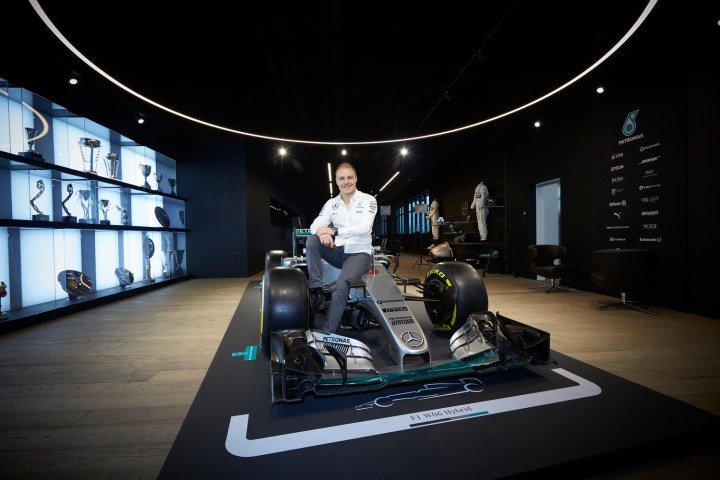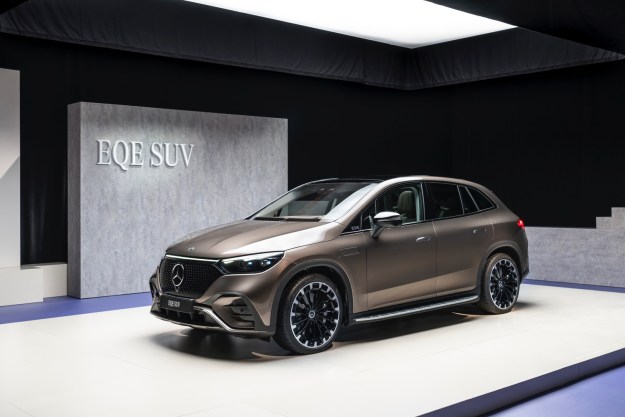
Mercedes’ driver search is now over. Rosberg’s replacement is Finnish driver Valterri Bottas, who will switch from the Williams team to Mercedes. Bottas will partner with three-time champion Lewis Hamilton who, because of the almost laughable superiority of Mercedes’ cars, was Rosberg’s main rival for the championship last season.
The 27-year-old Bottas has driven for Williams since making his F1 debut in 2013. He has 77 race starts and nine podiums under his belt. He achieved Williams’ only podium finish in 2016, third place at the Canadian Grand Prix. Mercedes and Williams negotiated for over a month on the release of Bottas from his current contract with the British team.
Bottas’ departure would have left Williams without an experienced driver, but Brazilian ace Felipe Massa has agreed to return to the team for one more season. The popular Massa announced his retirement midway through last season, but was convinced to return in part due to Bottas’ vacation of his seat. For 2017, Massa will be teamed with rookie Canadian driver Lance Stroll.
Williams isn’t the only team shuffling drivers ahead of the 2017 season start. Pascal Wehrlein will move from Manor to Sauber, while Mercedes protege Esteban Ocon will move from Manor to Force India. Ocon will replace Nico Hulkenberg, who will take over the Renault seat vacated by Kevin Magnussen, who will join the American Haas team. At McLaren, Stoffel Vandoorne will replace former champion Jenson Button.
In addition to having new faces, each team will have new cars. F1 introduced substantial regulation changes for 2017, aimed at making the cars faster. This season’s F1 cars will be longer and wider, and teams will have greater freedom with aerodynamic aids. F1 is also expected to abandon much-criticized tire specs, which call for tires that permanently lose grip after reaching a certain temperature. The new rubber should be more durable, allowing drivers to go flat out.
Editors' Recommendations
- Mercedes-Benz EQG: range, price, release date, and more
- Mercedes ‘Little G’ electric G-Wagon: Rumored design, release date
- Mercedes-Benz brings ChatGPT voice control to its cars
- Mercedes-Benz EQE SUV first drive review: ’90s look, cutting-edge tech
- Mercedes is finally bringing an electric van to the U.S.


